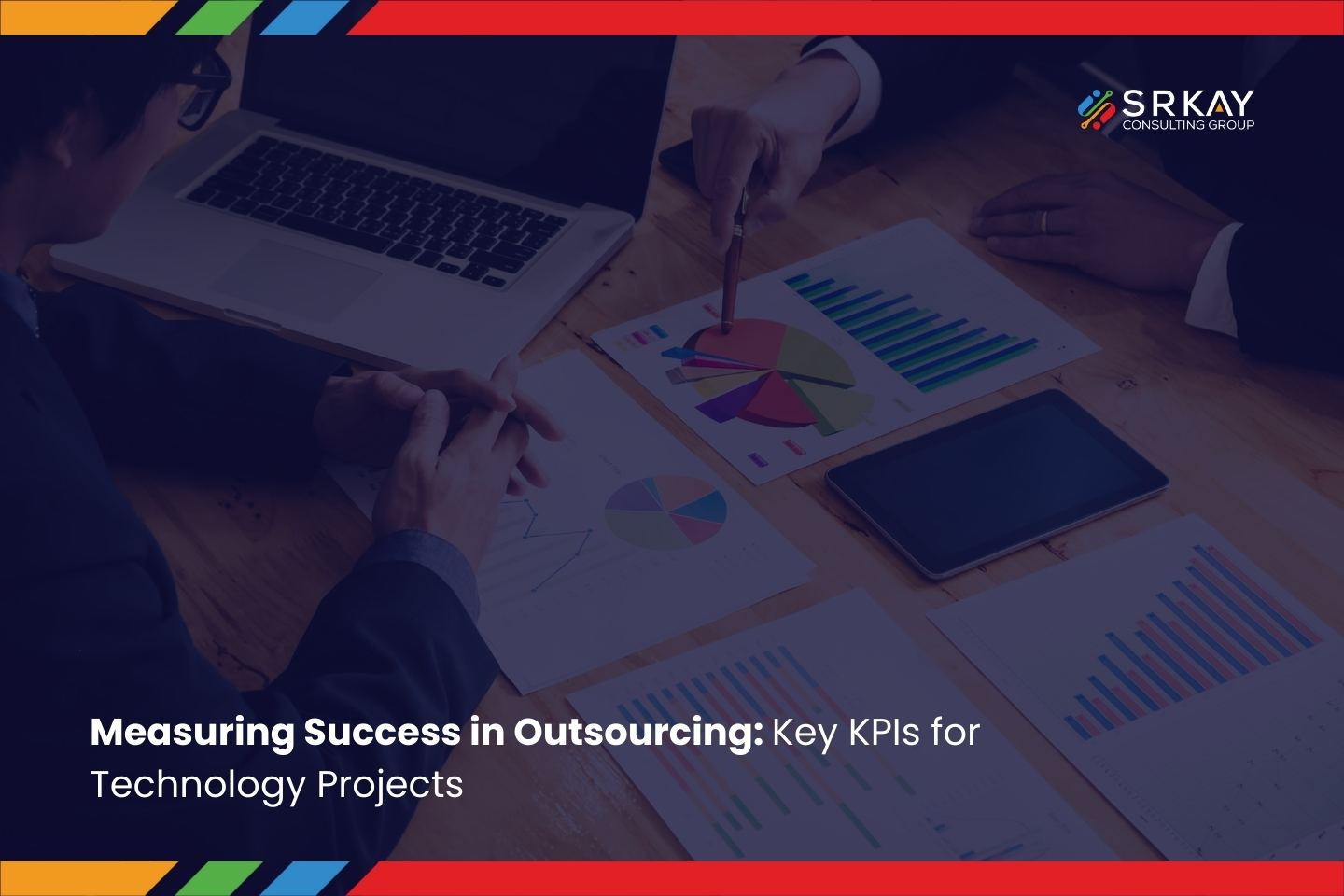In today’s dynamic business environment, outsourcing technology projects has become a strategic necessity.
Outsourcing enables organizations to reduce costs, accelerate innovation, and access specialized expertise. However, success hinges on clear measurement criteria. Key Performance Indicators (KPIs) are indispensable for evaluating the effectiveness of outsourced technology projects. This article outlines essential KPIs and provides actionable insights to ensure your initiatives deliver their intended outcomes.
1. Cost Management
Cost Savings Achieved
Cost savings are a key driver for outsourcing. This KPI compares the actual outsourcing cost to in-house development.
Example: A company outsourcing to India reported a 40% cost reduction, saving $500,000 annually.
Budget Adherence
Monitoring budget adherence ensures early identification of overruns.
Example: A U.S. e-commerce firm kept mobile app development within a $210,000 budget, finishing at $200,000.
2. Time Effici...
Unlock Full Access
Provide your details to continue reading this exclusive article.

